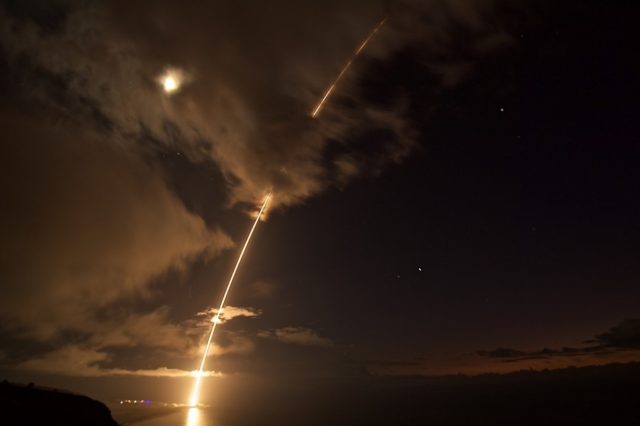
The US Missile Defense Agency (MDA) and the US Navy carried out the MDA’s most complex mission northwest of Hawaii on July 24.
The mission was dubbed Flight Test Aegis Weapon System 33 and had the objective of intercepting a raid of two short range ballistic missile targets with four Standard Missile-6 Dual II missiles.
According to the US Navy, one target was successfully intercepted by missiles fired by guided-missile destroyer USS Ralph Johnson (DDG 114) based on initial observations. The service said it could not immediately confirm the second target was destroyed.
FTM-33 was the third flight test of an Aegis BMD-equipped vessel using the SM-6 Dual II missile. The test was originally scheduled for December 2020, but was delayed due to restrictions in personnel and equipment movement intended to reduce the spread of COVID-19.
The second flight test, FTM 31, took place in May this year and resulted in two SM-6 missiles failing to track, engage and intercept the target. The first test in the series, FTM 27, took place in 2017 and saw destroyer USS John Paul Jones (DDG 53) successfully intercept a medium-range ballistic missile target with SM-6 missiles.
Program officials said they would continue to evaluate system performance based upon data obtained during the test.
The SM-6 Dual II missile is designed for use in the terminal phase of a short- to- medium-range ballistic missile trajectory. Together with the SM-3 missile, which is designed to defeat ICBMs in the midcourse phase, it represents the naval component of the Missile Defense Agency’s missile defense system.
MDA regularly tests the Aegis BMD capability of fleet warships with each test increasing the operational realism and complexity of targets and scenarios.


























